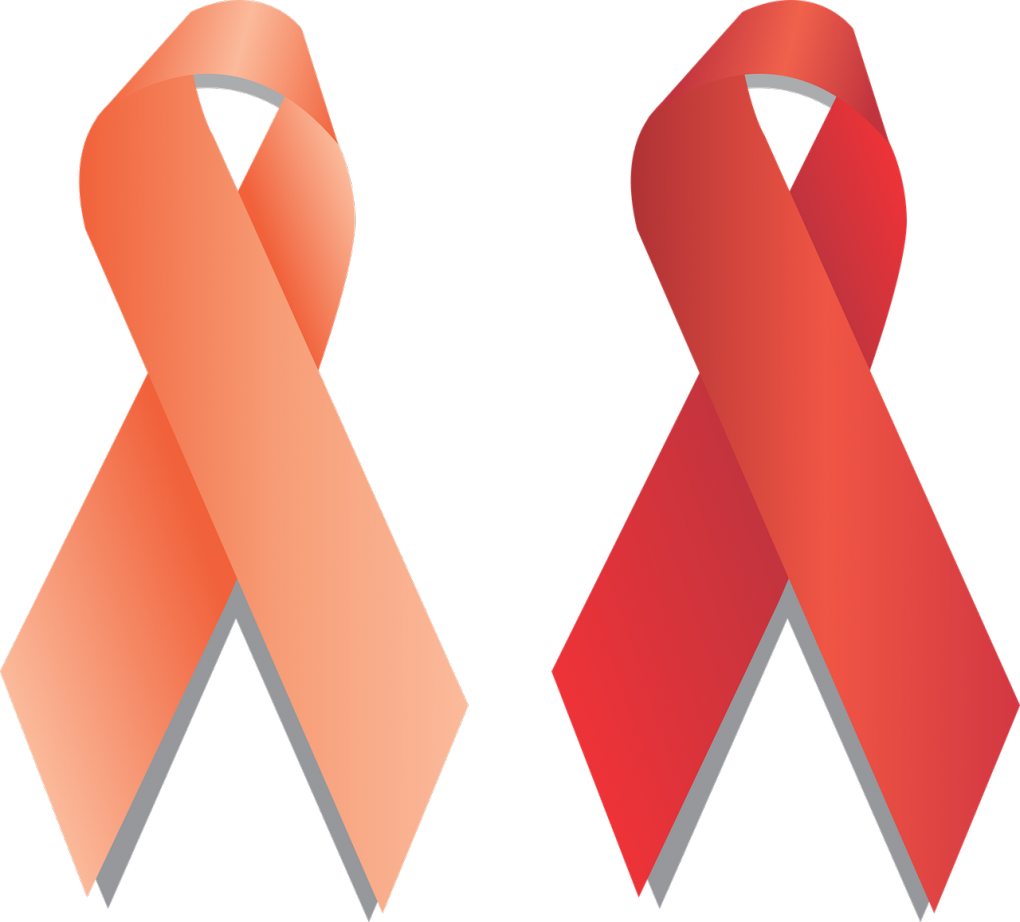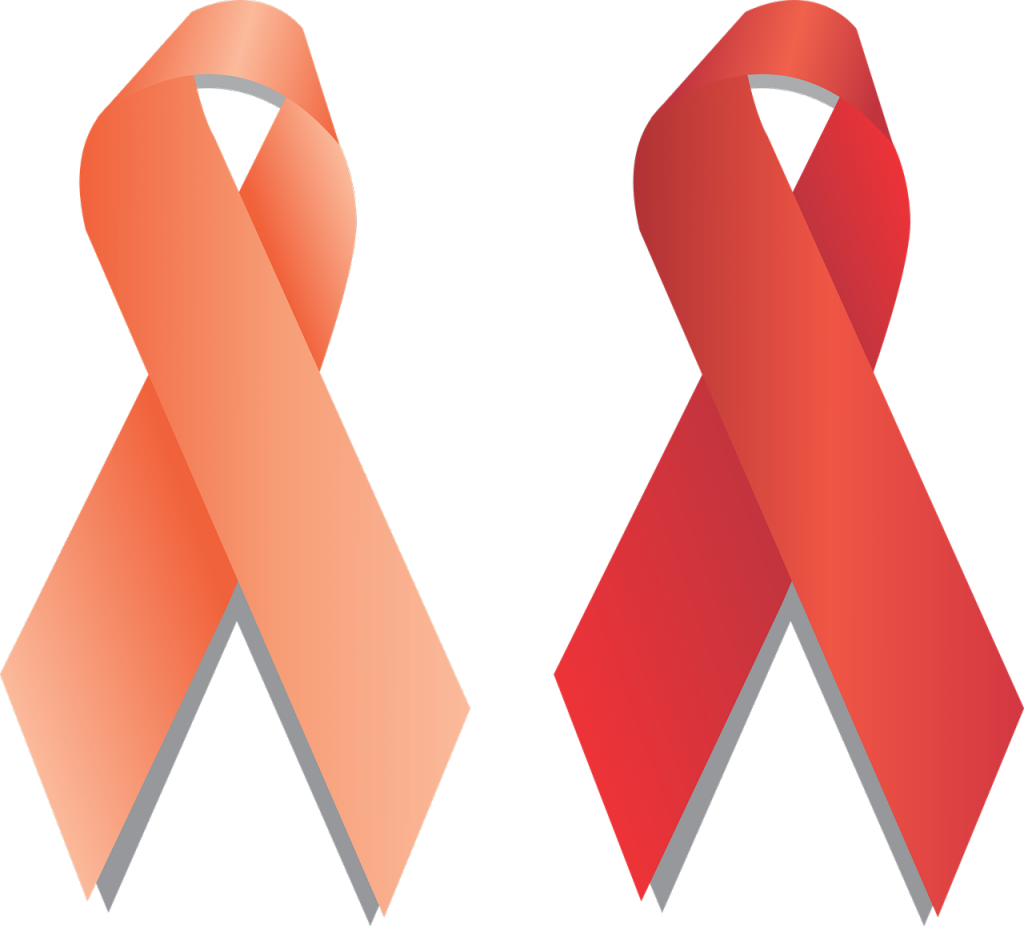Taking Responsibility For STDs — We’re In This Together
With the HIV/AIDS epidemic no longer making headlines every day, it is entirely possible that people will assume that the danger of contracting this virus has gone away. But nothing could be further from the truth.
The HIV/AIDS virus began to establish itself in the human population in the United States in the 1960s and 1970s, centering its rampage on gay and bi-sexual men and intravenous drug users, but it had long been staging its assault on men and women in Africa, where it first emerged in the 1930s as a mutation of the Simian Immunodeficiency Virus.
But since the 1970s, it has not gone away. According to one study, HIV/AIDS and malaria together causes 2.8 million deaths a year. And while the reason we seldom hear mention of the disease anymore is completely a positive one, health professionals and anyone else concerned about the epidemic are doubly concerned that the deadly disease has gone underground from a public relations point of view. The danger here is that with so few people discussing HIV/AIDS anymore, then people relax and ignore critical preventative measures they could be taken to protect themselves from contracting it.
It took too many years for health officials, government agencies and the general population itself to take the epidemic seriously. Then, at last, just as it was beginning to become known and preventative practices were becoming more common, new strategies were discovered that could help people live with the disease for decades. Suddenly, it was less newsworthy.
Widget not in any sidebars
Similarly, of course, it is important for anyone who is sexually active to take individual responsibility for the entire gamut of sexually transmitted diseases, including gonorrhea, chlamydia, hepatitis, herpes, syphilis, trichomoniasis, crab lice or genital warts.
Well, that says a lot. How does someone take “individual responsibility” for a sexually transmitted disease? Isn’t a disease the government’s responsibility? Maybe it’s the responsibility of the medical profession of our public schools?
And how do you take responsibility for the STDs on an individual basis? That question is the easier concern to answer. Medical professionals advise getting tested for STDs frequently, especially if you use intravenous drugs, have multiple partners or engage in risky sexual behaviors, which include anal sex, sex with prostitutes, or any other risky behavior.
No – I am not trying to be prudish, punitive, moralistic or anything close. You might just say when it comes to risky sexual behavior – just like the U.S. Supreme Court when it comes to defining pornography – it may not be easy to define, but you know it when you see it.
I’m also not trying to pose a legal argument here. In that sense, one could argue that there is a moral responsibility for getting tested, discussing testing and taking sensible, preventative steps, such as using a condom with a new partner or when engaging in anal sex, you might say “until the coast is clear,” which is to say when all the tests have been done and the proper waiting period is over.
While the tests for STDs varies from blood test or urine testing, physical examinations and taking swabs (cell samples) or Paps smears (cell sample’s from a woman’s cervix), methods of prevention are generally universal – in other words not having sex, for example, works across the board.
 Condoms are the second best thing to not engaging in sex at all, but it should be noted that no form of prevention really stands alone. Using condoms does not mean you can skip having regular check-ups and asking your doctor for a battery of tests.
Condoms are the second best thing to not engaging in sex at all, but it should be noted that no form of prevention really stands alone. Using condoms does not mean you can skip having regular check-ups and asking your doctor for a battery of tests.
Besides condoms, the one preventative measure that you seldom see in print is simple communication. Communication with your sexual partners is critical, just as it is with your doctor. Without discussing sexual and medical histories with your partners, you increase your risks of contracting an STD.
Of course, taking responsibility for STDs on an individual basis also includes the step of going for treatment to clear up infections that can be cured and to treat viruses that may stay with you for life, although symptoms can be mitigated to decrease discomfort, the chance of infecting others and, in severe cases, death.
Again, we can blame modern medicine for coming up with cures for STDs that take the STDs out of those dramatic headlines in days of yore. But untreated STDs, besides being shared with your sexual partners, can cause cancer, blindness, sterility and infertility. Going for treatment, no matter how embarrassed you may be, is the only option once you have contracted an STD.
STDs also include latency periods, which means many people have STDs for some time before symptoms appear and some symptoms are more noticeable than others.
The HIV/AIDS virus is a case in point. The U.S. Centers for Disease Control and Prevention (CDCP) notes that more than 1.2 million people in the United States are living with HIV, but that 1 in 8 of them don’t even know it.
The good news is that the number of new HIV diagnoses declined 19 percent from 2005 to 2014 and, since the percentage of people getting tested has remained stable, the decrease in diagnoses indicates and actual “true decline in new infections,” The CDCP says.
Good news, yes. End of responsibility, no.




